Nine elements on periodic table have been discovered using Oak Ridge National Lab isotopes
Carolyn Krause presents the second part of the three-part series on the Oak Ridge National Laboratory's role in the discovery of elements in the periodic table. Many of them have been synthesized using an Oak Ridge research reactor and an accelerator in Russia because they don’t exist in nature. The series is based mostly on a talk last fall by Jim Roberto, formerly the lab’s deputy director of science and technology, who retired in 2018, but continues his involvement in superheavy element research.
The first part of this series can be read here.
***
Oak Ridge National Laboratory is one of two nuclear reactors in the world that regularly produces weighable quantities of man-made elements with an atomic mass higher than that of uranium. The SM3 reactor in Dmitrovgrad, Russia, can also produce these elements but not as readily as HFIR. These isotopes are essential for making targets that can be bombarded with accelerated beams of charged atomic nuclei, or ions, of lighter elements for the synthesis of transuranium and superheavy elements. According to Jim Roberto, “nine elements have been discovered using ORNL isotopes. ORNL isotopes have been involved in the discovery of elements 61, 104, 105, 106, 114, 115, 116, 117 and 118.”
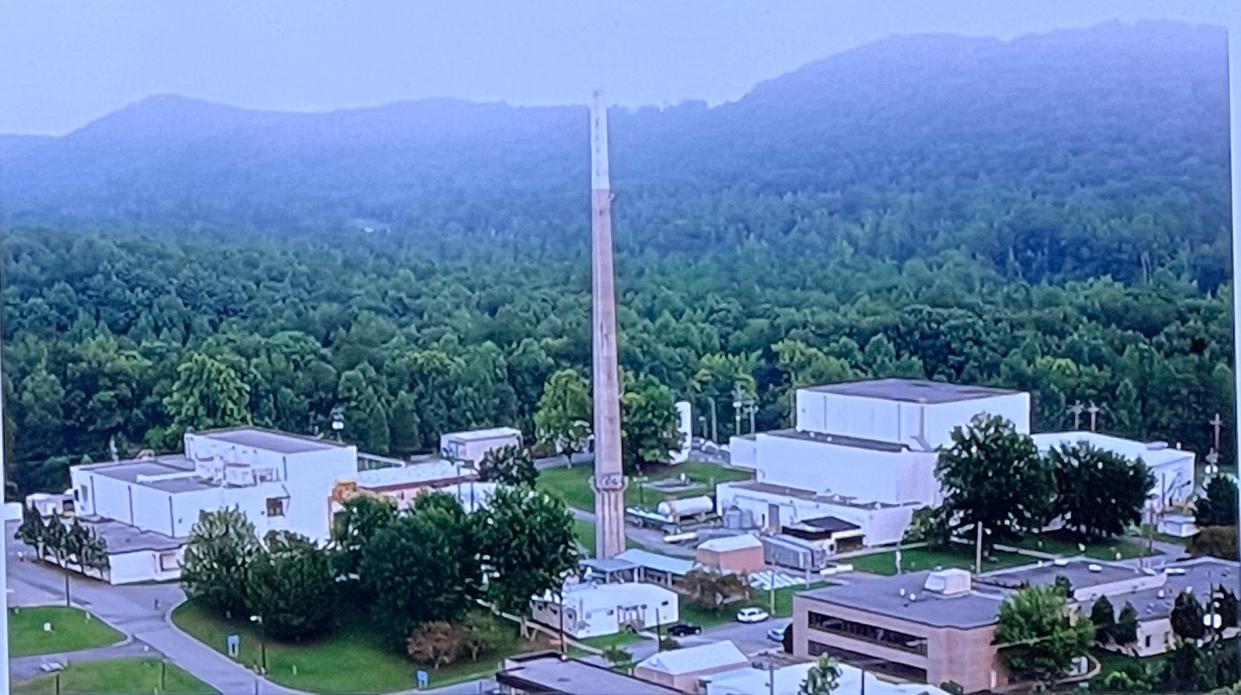
In his 1957 letter to Atomic Energy Commission Chairman Lewis Strauss, Glenn Seaborg wrote that “future progress in the field of new transuranium elements requires production of substantial weighable quantities (say, milligrams) of berkelium, californium and einsteinium.” By 1966, thanks to support from Nobel Laureate Seaborg, co-discoverer of plutonium (the first transuranium element) and chairman of the Atomic Energy Commission, ORNL had designed, constructed and begun operation of the High Flux Isotope Reactor (HFIR) and Radiochemical Engineering Development Center (REDC). The two facilities have been producing usable amounts of a range of transuranium elements, including plutonium-239 needed for the U.S. space program.
HFIR fulfilled Seaborg’s vision of a “very high flux reactor,” meaning a reactor that can strike a target material, called an actinide, with an intense stream of neutrons – that is, an extremely high number of neutrons per square centimeter per second. A high flux boosts the likelihood that more nuclei in the target will absorb enough neutrons to transmute the material into a heavier element.
“Had HFIR not been built, international scientists would not have discovered so many superheavy elements,” Roberto said. “HFIR, which has been continuously upgraded, is still the most powerful research reactor in the world. It will probably run another 50 years after it gets a new pressure vessel.” (SM3 produces a comparable flux, but is less capable than HFIR.)
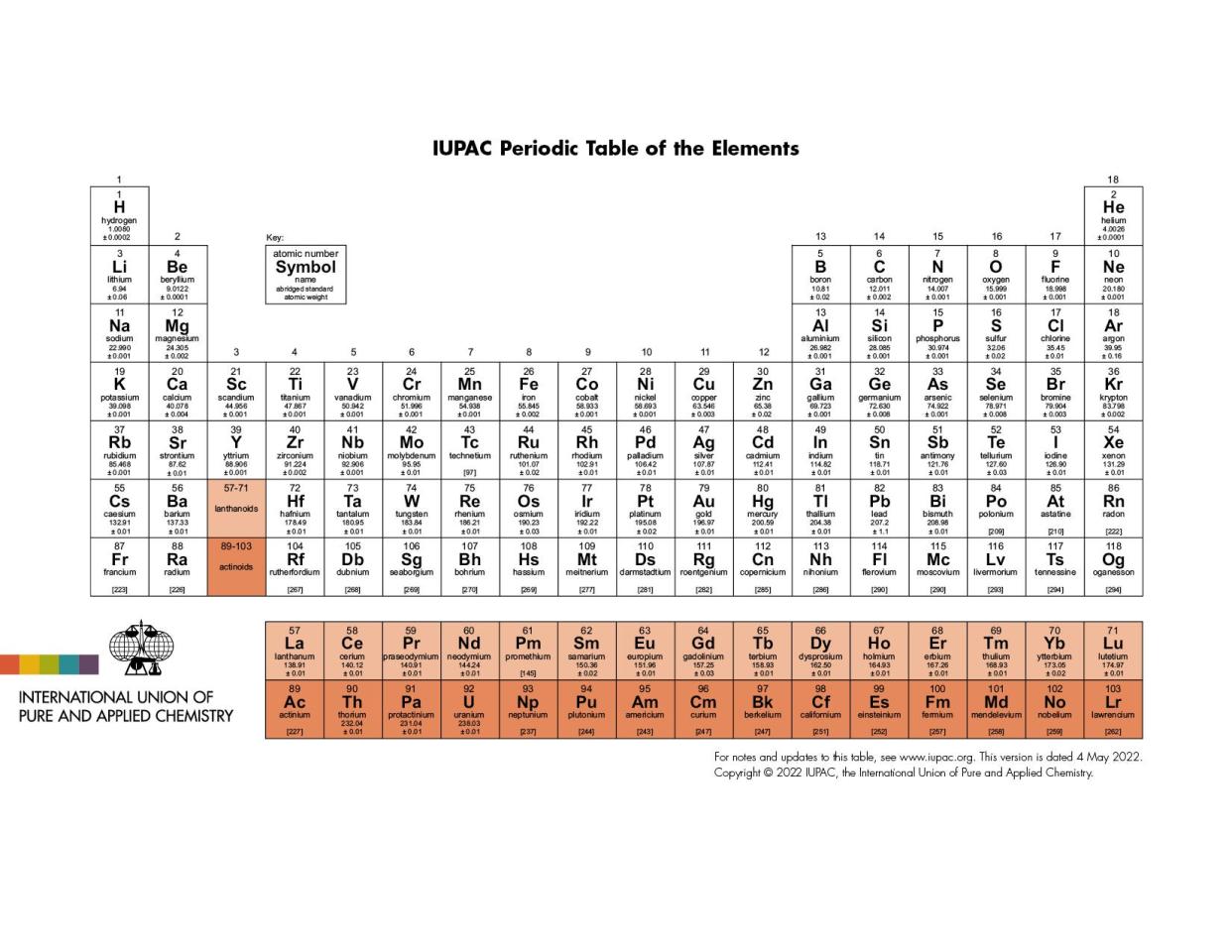
In the 1970s, some transuranium elements were being synthesized at the HFIR-REDC complex in a valley adjacent to ORNL’s main campus.
“At HFIR, scientists started with curium and americium targets and bombarded these transuranium elements with high concentrations of neutrons,” Roberto said.
“To make californium-252 from a curium target, eight neutrons must be added quickly, which is only possible in a high-flux reactor. The reason is that every time you add a neutron, you’re creating a new nucleus that is going to decay. So, you must add the neutrons fast enough to get all eight neutrons into the target nuclei before most of them decay into lighter elements.”
Value of californium-252: $27M per gram
ORNL sells milligrams of californium-252 to customers based on its value of $27 million per gram. A very strong neutron emitter, Cf-252 is used in portable metal detectors, for identifying gold and silver ores, to identify water and oil layers in oil wells and to detect metal fatigue and stress in airplanes. It is highly effective for local control and cure of cervical cancers of all stages.
Roberto said, “Milligrams of berkelium and californium, micrograms of einsteinium and picograms of fermium are recovered in each HFIR campaign.”
Berkelium can be produced by neutron bombardment of curium and americium targets at HFIR, where less than 20 milligrams of Bk-249 is made each year on average. By adding more neutrons to that isotope, californium-251 and 252 can be synthesized.
In the 1960s and 1970s, the first superheavy elements were synthesized.
“A superheavy element is any element with 104 or more protons in its nucleus, or an atomic number of 104 or higher,” Roberto said.
Heavy ion bombardment of actinides at Lawrence Berkeley National Laboratory (LBNL) and the Joint Institute for Nuclear Research (JINR) in Dubna, Russian Federation, added elements 104 to 106 to the periodic table. In 1964 the first superheavy element created was rutherfordium, which has 104 protons. It was synthesized at both JINR and LBNL and named after Ernest Rutherford (1871–1937). He was a New Zealand native who postulated the nuclear structure of the atom, discovered alpha and beta rays and proposed the laws of radioactive decay.
The name rutherfordium was decided upon after a long debate between American and Soviet research groups, both of whom claimed to have discovered the element first.
“It took 20 years for the ‘war’ between Berkeley and Dubna scientists to end,” Roberto said.
Eventually, a deal was made, and Russia and the U.S. alternately got credit for and proposed a name for each element they discovered together or independently.
So, element 105 was named dubnium, and element 106 was named seaborgium. The elements were placed in the periodic table’s seventh row, which is above the row of lanthanides and the row of actinides.
In the 1980s and 1990s, Roberto noted, scientists at the GSI Helmholtz Centre for Heavy Ion Research in Darmstadt, Germany, ran “cold fusion” experiments that extended the periodic table from element 107 to 112. They bombarded a heavy target of lead or bismuth nuclei with heavy ions of iron or nickel that had lots of extra neutrons. In fusion, two nuclei will combine if the accelerated projectile beam of ions has sufficient kinetic energy when striking the target nuclei to overcome the Coulomb barrier caused by the natural repulsion of protons because of their like charges.
“The Germans brought the target and projectile nuclei as close together and as slowly as possible to form a compound nucleus that they tried not to excite too much so it didn’t decay into lighter elements,” Roberto explained. “This process actually worked, but as it created heavier elements, the cross section got lower.” In other words, the probability that the scientists would achieve the desired nuclear reactions to create a compound nucleus decreased as they worked on synthesizing even heavier elements.
At the RIKEN accelerator near Tokyo, Japan, where cold fusion was also used, Roberto added, “it took seven years to create and identify three atomic nuclei of element 113 and prove that a new element (called nihonium) had been produced. Because of the high expense of this research, by 2003, the field of discovering superheavy elements was considered dead.”
However, a dream persisted. Up to that time, all the discovered superheavy elements are radioactive and unstable; they do not exist for longer than a few microseconds in some cases because of radioactive decay.
But in 1949 Maria Goeppert-Mayer, Hans Jensen and Eugene Wigner (former research director at ORNL in the 1940s) theorized that some nuclei have closed shells of neutrons and protons – the maximum (magic) number of nucleons of similar energy that are allowed to occupy a nuclear orbital – and that they have stronger binding and are more stable than other nuclei. They noted that lead-208, the heaviest stable isotope, has closed shells of both neutrons and protons.
In 1966, it was predicted that the next elements to have closed shells would have from 114 to 126 protons with 184 neutrons in each nucleus. If these transuranium nuclei could be synthesized, they were thought to be possible occupants of the “island of stability,” a term coined by John Wheeler, a physicist who contributed to the Manhattan Project. These elements were envisioned to have exceptionally long lifetimes and unique chemical properties.
The field of superheavy elements was revived in the 2000s, Roberto said, when Yuri Oganessian, an Armenian Russian scientist who worked at the JINR accelerator, developed a new “hot fusion” process. It enabled his team to bombard actinide targets from Oak Ridge with a beam of calcium-48 ions, which each have eight more neutrons than natural calcium atoms have.
“Rather than immediately decaying by normal fission, the compound nucleus decays by shedding some of the extra neutrons jammed into it by the calcium-48 beam,” Roberto explained. “Hot fusion has enabled the creation of six more superheavy elements since 2000, and actinide targets for the five newest elements have come from HFIR.”
ORNL actinides from HFIR (in parentheses) were involved in these superheavy element discoveries: flerovium-114 in 2000 (americium-243); moscovium-115 (americium-243), which was observed in 2004, but not officially discovered until 2010 as a decay product of 117; livermorium-116 in 2005 (curium-245 and curium-248); moscovium-115 and tennessine-117 in 2010 (berkelium-249) and oganesson-118 in 2006 (californium-249). In all cases, the projectile beam directed at the actinide target from ORNL consisted of calcium-48 ions, and the number of nuclei produced to date were 82 for flerovium, 113 for moscovium, 37 for livermorium, 22 for tennessine and 5 for oganesson.
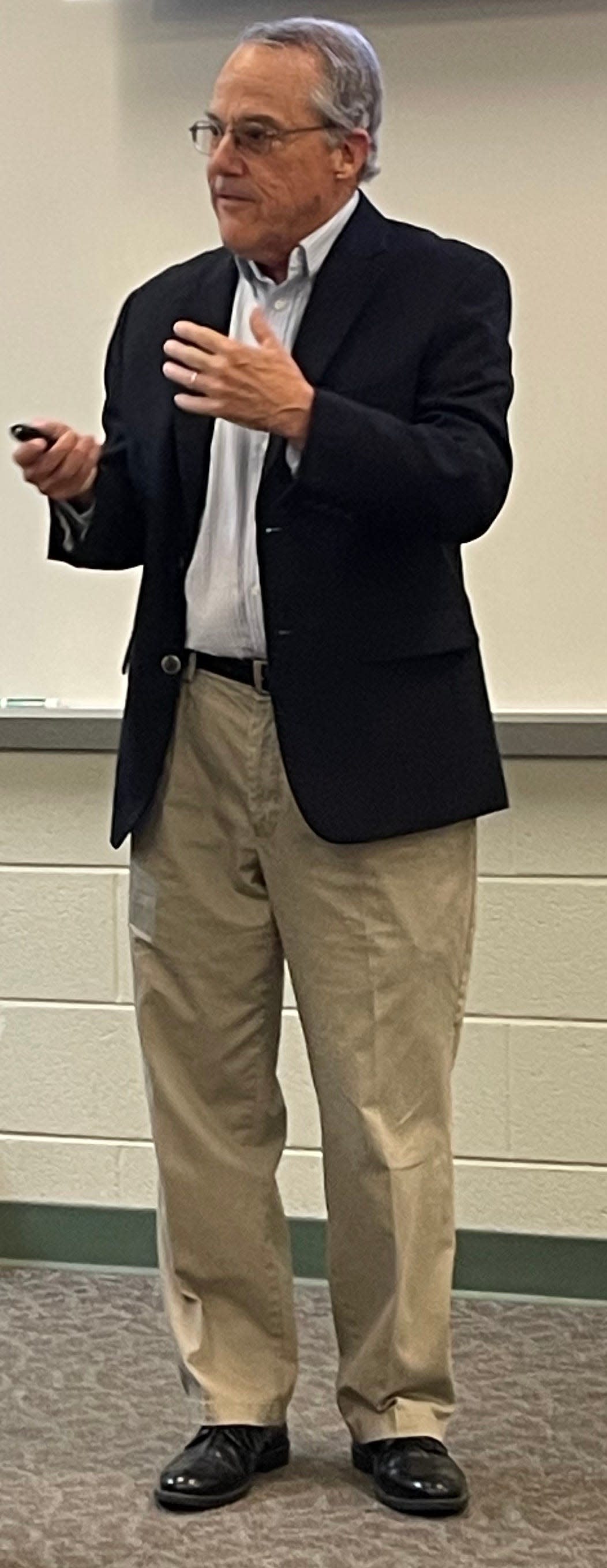
“These discoveries have extended our understanding of nuclei with extreme numbers of protons and neutrons, taking us to the shores of the predicted ‘island of stability’ for superheavy nuclei,” Roberto concluded. “Experiments currently planned or underway include international searches for elements 119 and 120, the next two elements of the periodic table.”
***
Thank you, Carolyn. Coming up next week, Part 3: The story behind the discovery of tennessine, element 117, named after the state of Tennessee, and the challenges of synthesizing heavier, and possibly more stable, superheavy elements.
D. Ray Smith is the city of Oak Ridge historian. His "Historically Speaking" column appears each week in The Oak Ridger.
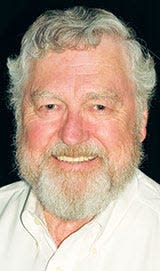
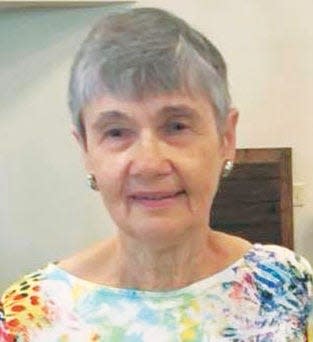
This article originally appeared on Oakridger: 9 elements on periodic table have been discovered using ORNL isotopes
